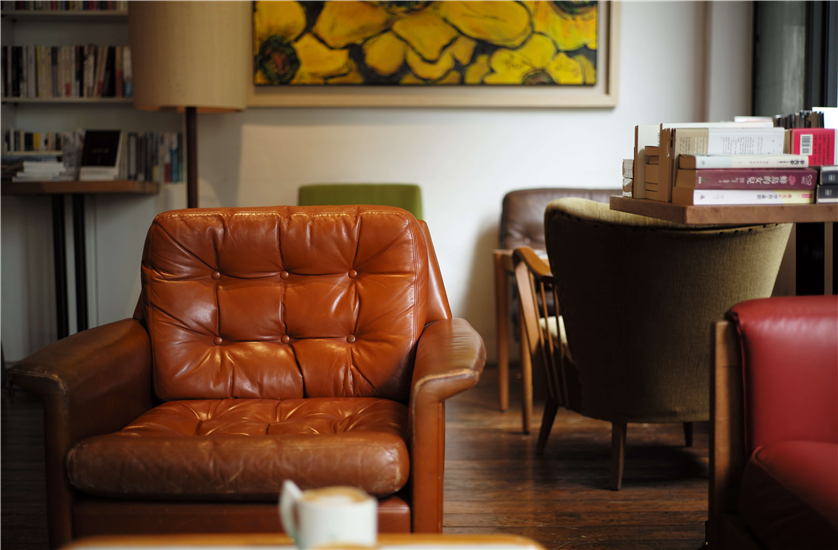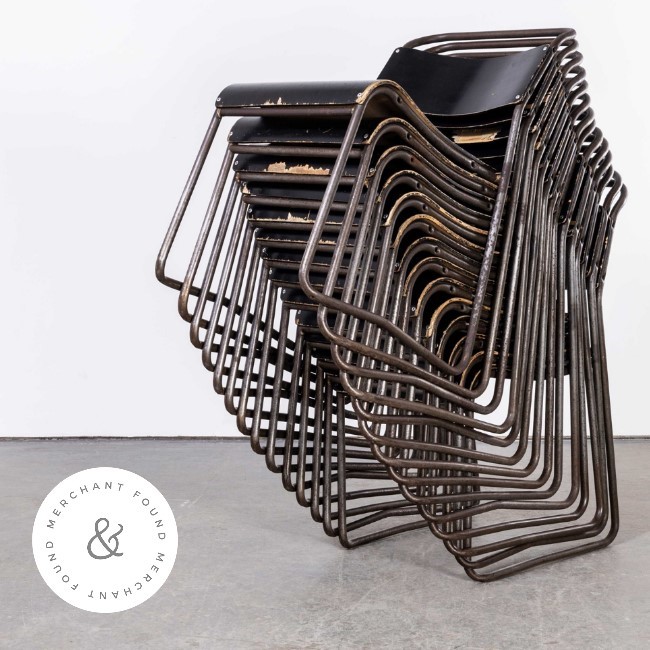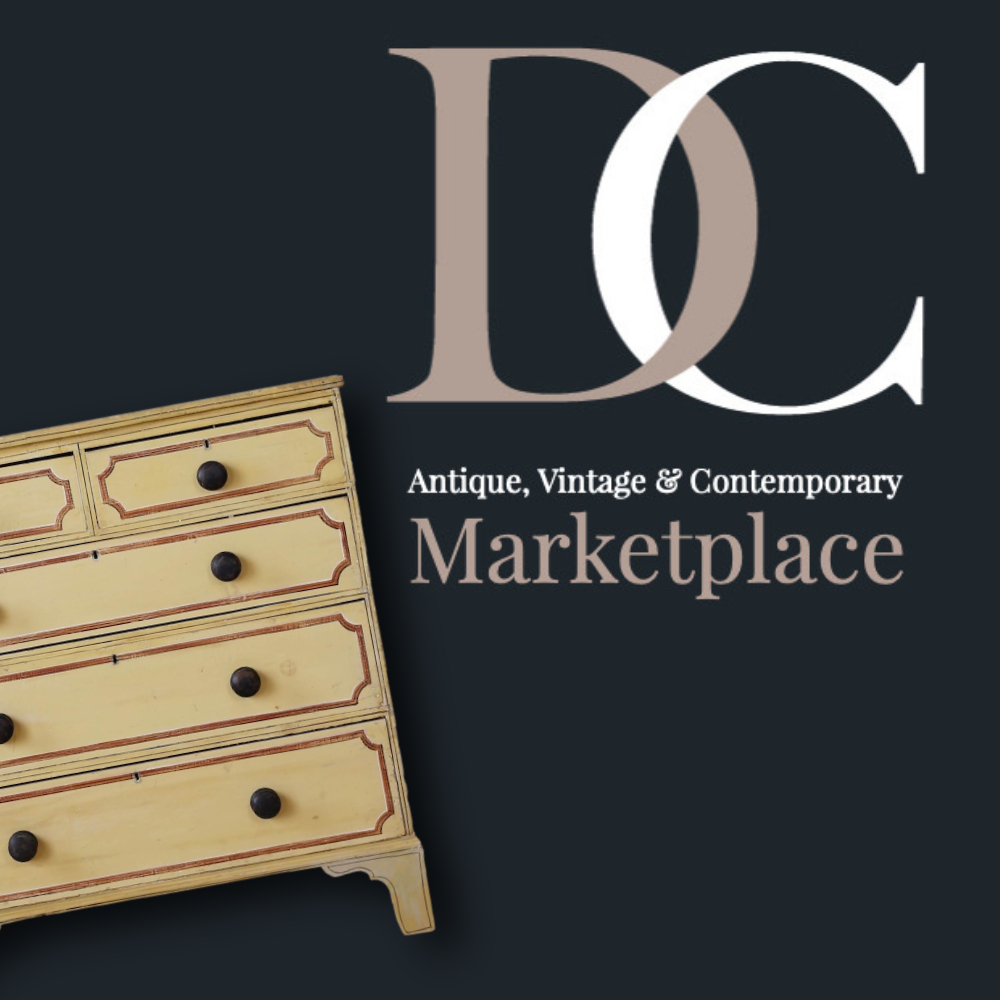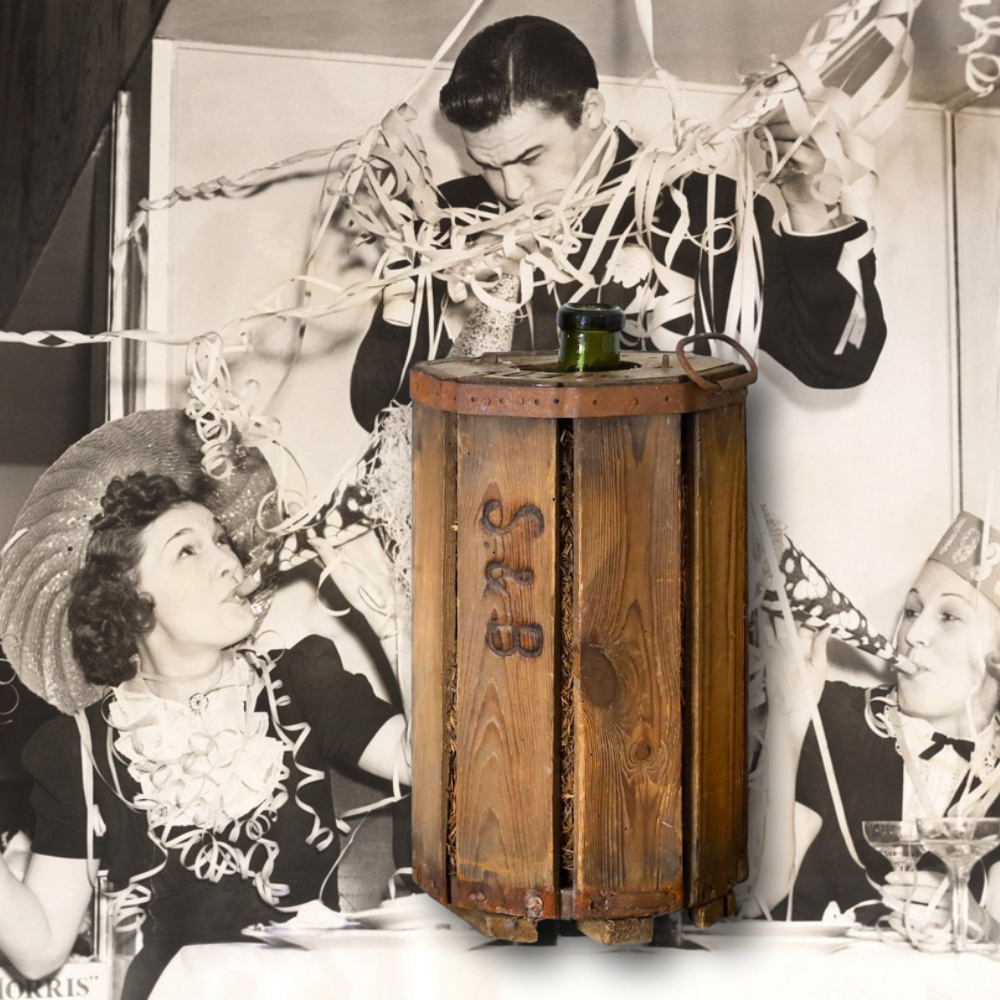
Vintage leather is a popular item that fits well into modern homes. From clothing to furniture, leather can last for decades if it is well taken are of, with use adding a stylish level of wear and tear.
However, just as with any other vintage or antique items, it is worth understanding what you need to look for when buying vintage leather, as well as how to look after older leather items. Not getting to grips with the basics can mean you’re left out of pocket or that any vintage leather items you buy end up losing value due to a lack of care.
What Should You Look Out For When Buying Vintage Leather?
Just as with any other material, you need to look out for damage with vintage leather. While a bit of wear is expected, especially when it comes to older pieces, there is a fine line between worn and damaged.
If damaged, looking at how easy a good repair would be can tell you whether the piece is still worth investing in. Older pieces are likely going to need some level of restoration, but if they are too far gone, it can be an expensive process that may not be worth it.
should also look out for patches and older repairs. The chances are that there will be a few, which should be accepted as the norm. However, if the repairs have been performed badly, or there are too many of them, it could drastically affect the value of the leather.
What Makes Vintage Leather Valuable?
Beyond condition, originality is a big part of what makes vintage leather valuable. A design that is different and rare is worth a lot more than one that was mass-produced. Similarly, if a lot of replicas are now available, is will reduce the original items perceived value.
While classic styles are a good way to go, unusual designs featuring leather are a good investment. As well as the leather, this can mean looking for details like decorative studding, carvings, interesting buttoning and anything else that makes a vintage leather piece stand out.
If you are able to pick up a matching pair of leather items - such as chairs - this can also increase their value, especially if they are in good condition. While single items can be worth a lot, a matching pair that are in good repair can fetch a lot more money, with collectors often looking for more than one item.
How Do You Repair Vintage Leather?
Generally, it’s a good idea to avoid attempting any leather repairs yourself. Consulting an expert in restoration is the best way to continue looking after your vintage leather, as they know how to avoid damage and make repairs as subtle as possible.
In some cases, they may advise against a repair - such as if it will affect the value of your leather - so it is worth considering what you want to do with your leather items (sell or keep) as this may affect the restoration process.
How Do You Look After Vintage Leather?
Whether the leather was in good repair when you bought it or it needs some attention to help it look its best, you need to e prepared to look after your vintage leather.
Over time, leather can become dry and start to crack. If it has been left to age without intervention for too long, there may be nothing you can do to bring it back to life. If the leather can easily tear like paper, it’s unlikely that you’ll be able to restore it rather than replace it.
If the leather is in fairly good condition, you should make sure you regularly treat it with a good quality leather cream. This will keep it moisturised to avoid cracking and make it less prone to damage.
In cases where the leather is dirty, you should make sure you use products specifically for leather in order to clean it without risking a reaction. Cleaning leather is fairly easy but can be time-consuming on larger items. You should start in a less noticeable area and wash outward from there.
If you notice any stains that do not come out with gentle cleaning, you may need to use a harsher cleaning agent. However, the best option will depend on the condition of the leather, so you may want to avoid trying to remove stains if the leather is quite fragile.






